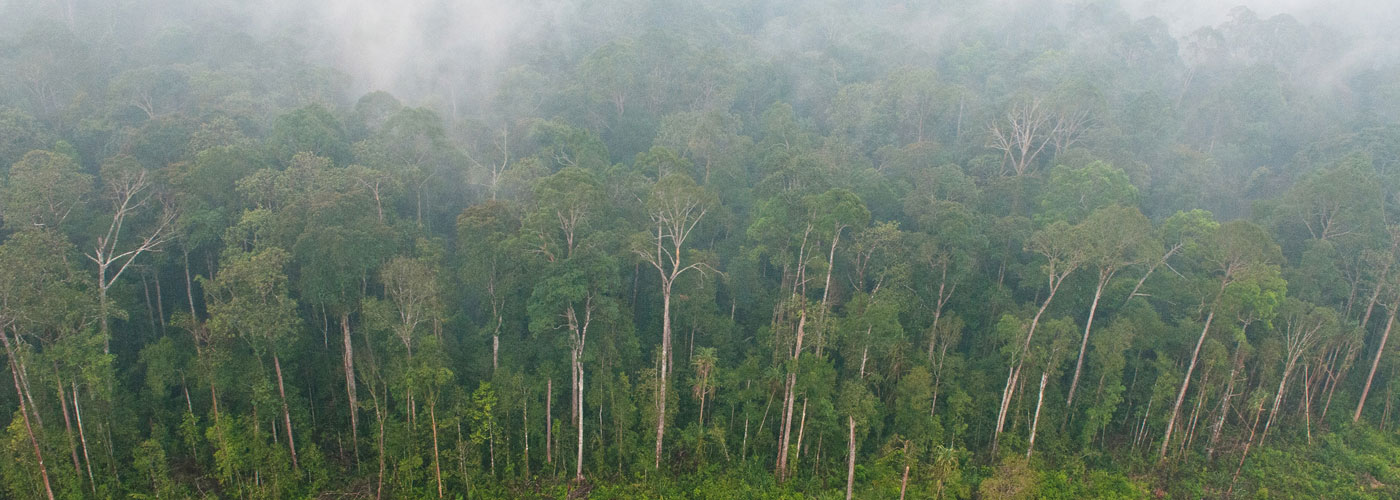
CIFOR’s research project on the political economy of fire and haze consolidated existing knowledge on fires in Indonesia and addressed strategic knowledge gaps related to the drivers of fire events. The project leveraged this knowledge to co-develop national and sub-national policies and regulations and contributed to building a consensus around a coherent approach to reducing the instances of fires in carbon intensive peatland areas. The design of CIFOR’s fire and haze project had a clear objective of achieving multi-level, multi-actor policy and practice influence – targeting change in regency and provincial regulations, national fire strategies as well as the private sector and civil society’s engagement with fire management. The research conducted was multidisciplinary, combining political economy, geo-spatial, policy and perceptions analysis and involved a multi-national team.
The project drew on existing analysis and knowledge of the policy networks and key actors to develop a user-centric influence strategy with significant investment in direct and indirect engagement and outreach targeted at different actor groups. The research team worked with policy networks and change agents at local and national levels at various stages of the research cycle in order to ensure that the emerging knowledge was timely, targeted and socially as well as scientifically credible. The project engaged national and sub-national policy makers at the inception stage and throughout the project in order to establish a two-way dialogue that helped ensure the knowledge was well targeted and useful. The private sector and civil society were engaged regularly through established relationships with key peak bodies and frequent multi-stakeholder dialogues were convened throughout the project. At the local level, the project complemented data collection with local trial-sites and tangible action to build trust and credibility. In addition, the project deliberately influenced the profile and characterization of the issue in the popular press by providing media training workshops, and access to high-level government events. The lead researcher was an active communicator, at local, national and international levels, offering a credible and highly visible scientific voice in the popular media.
Project research findings provided a scientific basis and conceptual framing for three national and sub-national policies and civil society and private sector actors acknowledge that the work has informed fire reduction strategies. The eventual, expected return on investment from of the project is in the range of 15.24 – 60.96 in Riau alone, depending on how effectively local authorities are able to translate regulations into action.
Key to the successful outcome of the research investment was the timing, coinciding as it did with the fire crisis of 2015, a Presidential push for action and the emergence a new national body – Peatland Restoration Agency (BRG), and de-centralized government agencies seeking guidance in responding to the crisis. The strong networks and strong knowledge of fire and haze of the lead researcher were crucial in facilitating many of the influence strategies and their success rested his status as a high profile, Indonesian national researcher. The complexities of managing a multi-disciplinary team using a range of methods and producing knowledge in different timeframes, did compromise the ability of the lead-researcher to fully represent and capitalize on all aspects of the project and there is scope to improve CIFOR’s practice in this area. Similarly, there is scope to improve the transparency and consistency of key messages when translating emerging research knowledge for use in stakeholder dialogues and the media. From this experience, CIFOR has identified and critically reflected on the value of positioning key scientists as timely, relevant and high profile experts and in appropriate, well-crafted early engagement around emerging knowledge on hot-topic issues.
